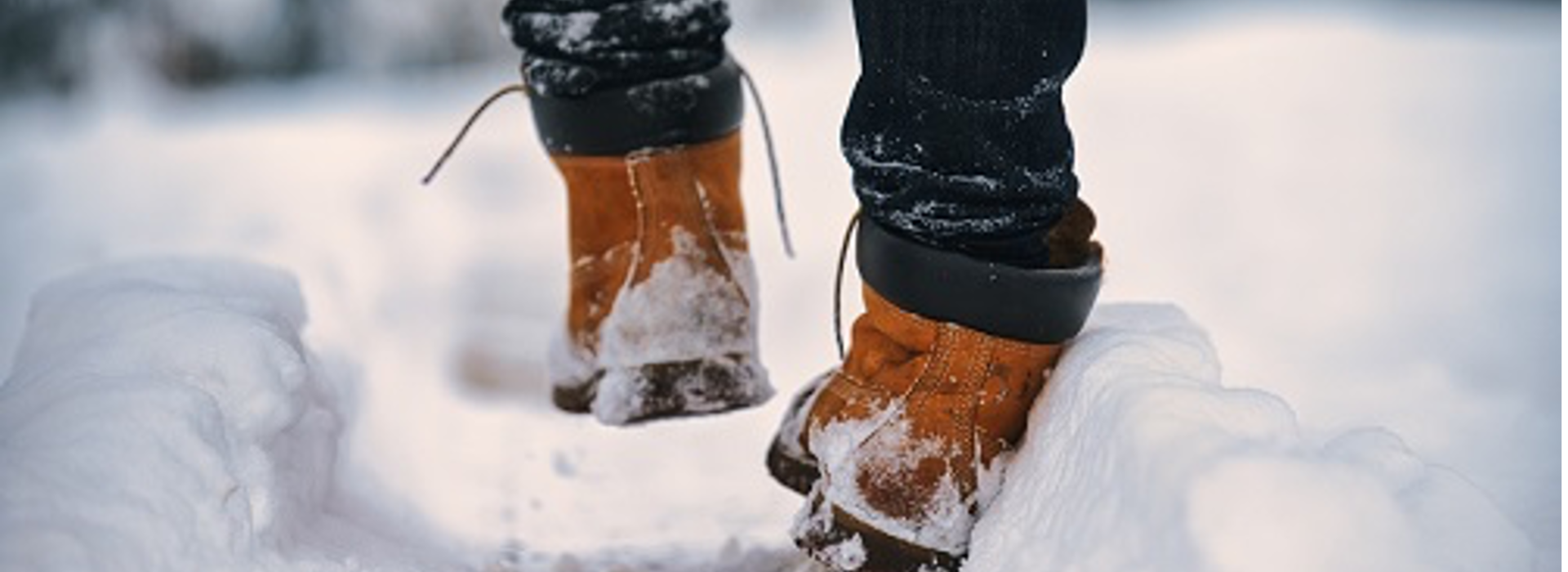
Talking how to avoid winter injuries with U of M
MINNEAPOLIS/ST. PAUL (12/28/2022) — With winter season in full swing, winter injuries are on the rise. University of Minnesota Medical School expert Mahmood Gharib talks about common winter injuries and how to avoid them.
Q: What injuries are most commonly seen during the winter?
Dr. Gharib: A variety of injuries can occur during the winter. If someone slips or falls on icy surfaces, an injury can range from spine and musculoskeletal injuries — such as sprains and broken bones — to head and brain injuries — such as a concussion. Injuries also commonly occur during winter sports activities. Other injuries can be related to cold-weather conditions such as frostbite or hypothermia.
Q: Are spinal and head injuries serious injuries?
Dr. Gharib: Spinal and head injuries can be very serious. Anyone with significant head and spine trauma should seek medical evaluation. These types of injuries may not always appear immediately obvious, however, the time between injury and treatment could help limit the severity and extent of damage.
Q: What prevention measures should individuals take when shoveling or using sidewalks?
Dr. Gharib: Be mindful of slippery or icy surfaces that may be difficult to see. Take it slow on ice and snow and “walk like a penguin,” meaning:
- Walk slowly and flat-footed
- Use a wide-stance
- Take small, shuffle-like steps
- Keep your center of gravity over your feet
- Use your arms for balance
Black ice can be difficult to see! Use extra caution near water runoff areas such as downspouts, landscaping, parking ramps and outdoor stairwells. Stay on designated sidewalks and avoid taking shortcuts through grass and landscaping.
Prior to shoveling, dress appropriately, wear multiple layers for warmth and use appropriate footwear to limit slipping. A few gentle stretching techniques can get your body prepared for the hard work of shoveling. Use an ergonomic shovel, typically made of lightweight, durable metals or plastic to reduce stress on your back. Adjustable handle lengths can also provide the best fit.
Shovel often and early during snow falls instead of waiting for snow to accumulate. Pace yourself when shoveling. While heavy, wet snow may be fun to play in, it can create more challenges and strain on your back, so use proper lifting techniques: bend at the hips and knees, push instead of pull and limit excessive lifting.
Q: What extra safety measures should people take when sledding, skiing or snowboarding?
Dr. Gharib: These activities should be done in appropriate and designated areas. Wear protective gear, including helmets. Helmets designated with MIPS (multi-directional impact protection system) may provide additional protection. Avoid areas close to roads, fences or densely populated trees. Be mindful of others nearby — always sled feet first and make sure children are accompanied by adults.
Q: If someone has a back or head injury, what should they expect for the recovery process?
Dr. Gharib: Back and head injuries can vary widely in severity. While most back injuries typically resolve within a few days or weeks, seek medical attention if you experience:
- any new or worsening weakness;
- numbness or tingling;
- bowel and bladder changes;
- pain that does not respond to relative rest and some over-the-counter medications.
It is always best to consult a physician for any type of head injury.
Dr. Mahmood Gharib is a physiatrist at the U of M Medical School and M Health Fairview. He specializes in rehabilitation medicine, restoration of function and a return to a high quality of life.
-30-
Contact
Allie Bean
University Public Relations
abean@umn.edu
About “Talking...with U of M”
“Talking...with U of M” is a resource whereby University of Minnesota faculty answer questions on current and other topics of general interest. Feel free to republish this content. If you would like to schedule an interview with the faculty member or have topics you’d like the University of Minnesota to explore for future “Talking...with U of M,” please contact University of Minnesota Public Relations at unews@umn.edu.
About the University of Minnesota Medical School
The University of Minnesota Medical School is at the forefront of learning and discovery, transforming medical care and educating the next generation of physicians. Our graduates and faculty produce high-impact biomedical research and advance the practice of medicine. Visit med.umn.edu to learn how the University of Minnesota is innovating all aspects of medicine.